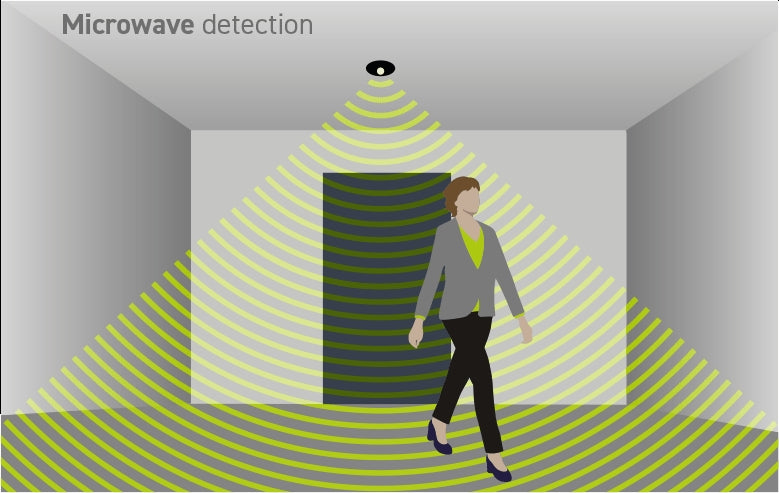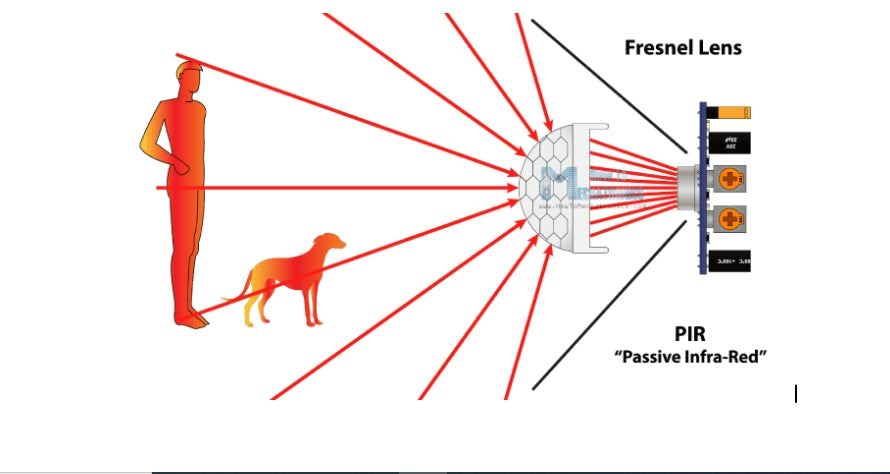Another form of lights manipulate is a sensor. There are generally two types of lights sensors: mild sensors and movement sensors. Photoelectric sensors hit upon the presence (or absence) of mild. They are regularly used for outside lighting fixtures so that the lights mechanically activate whilst the solar units and then flip off when the solar rises.
As you can imagine, motion sensors locate movement. Motion-sensing controls robotically activate lighting fixtures primarily based on sensors detecting motion around them, human beings mainly. They are used to manipulate lighting as well as automate the operations associated with other related devices.
High bay led lights can combine sensors to boom performance. Motion sensors are used to pick out while someone techniques a given location. This causes the light to be grew to become on. These sensors can dim or flip off lighting fixtures while no person is around, saving money on electricity payments. It also can be used as a safety measure, with lighting lighting up to let you recognise when someone is nearby.
The Difference Between Microwave and Pir Motion Sensors
Microwave Sensor:
This sort of sensor detects motion via emitting microwave alerts and detecting their reflections. When an item enters the propagation route of the microwave signal, it displays the microwaves, allowing the sensor to stumble on this mirrored image.

PIR Sensor:
PIR sensors use infrared radiation to come across movement. They hit upon changes in heat emitted from the surrounding surroundings, which includes when someone or animal passes by using. The sensor detects the heat emitted with the aid of their our bodies and triggers alerts or plays different movements primarily based on this transformation.

Sensitivity:
Microwave sensors have correct penetration properties for substances such as glass and plastic, making them more appropriate for such eventualities.
PIR sensors are greater sensitive to items with higher heat emission, consisting of humans and animals, making them able to easily detecting these warmness modifications.
Applications:
Microwave Motion Sensor
● They are more desirable to oddly formed rooms and areas with a whole lot of barriers because they don’t require a specific line of sight.
● Their advanced controls can also permit specific settings to be used in a automobile parking space or a warehouse lighting format.
● Best used for security lights, warehouses, eating places, gas stations, convention halls, underground parking, outdoor lights, and parking plenty.
Pir Motion Sensor
● The PIR sensor has a light this is drastically greater green and powerful for lawn and domestic protection.
● They are a good choice in notably distinct places in which they are able to’t be omitted. These styles of locations include entryways, halls, pathways, and alleyways.
● Best used for offices, stairwells/staircases, corridors, basements, conference halls, and lavatories.
Motion sensors are an excellent choice for residential and commercial spaces. Not only do they enhance security, but they also save energy costs by turning the lights on/off when needed. Whether remodeling or new construction, this brings convenience to the lighting contractor or designer.
